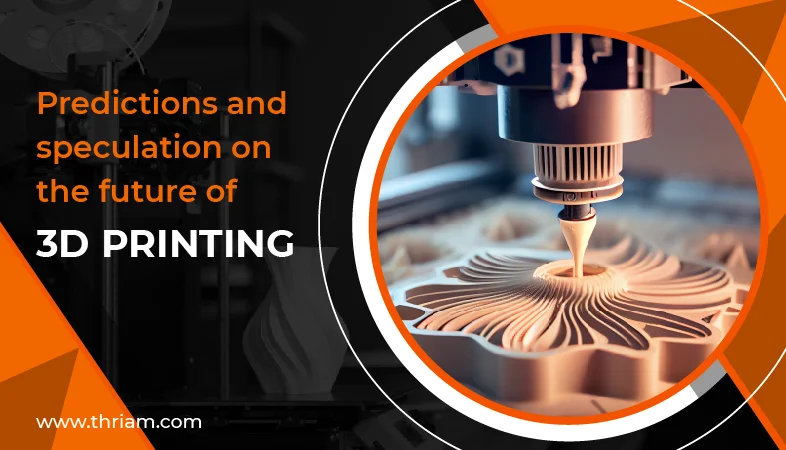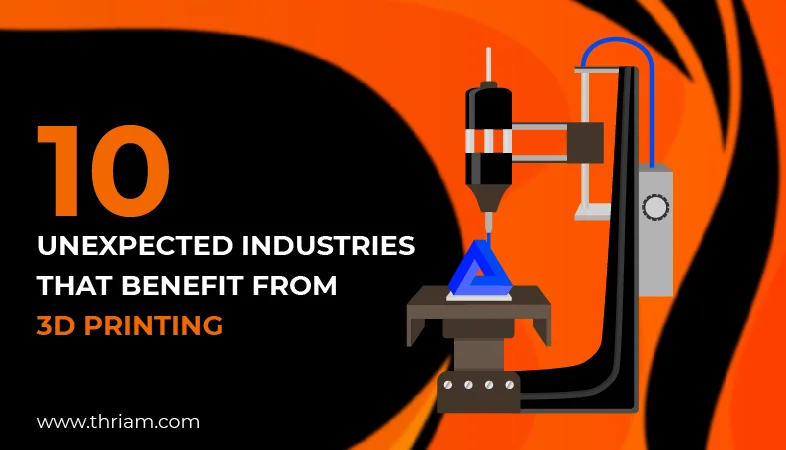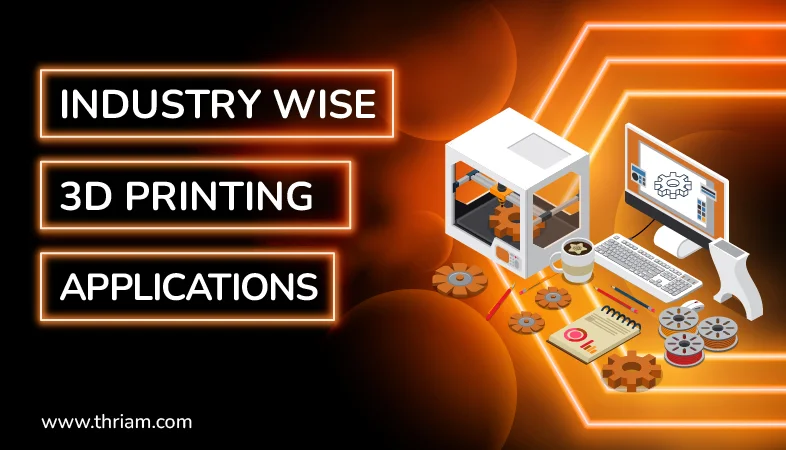Unlocking the Sky: The Incredible Advancements of 3D Printing in Aerospace and Defense
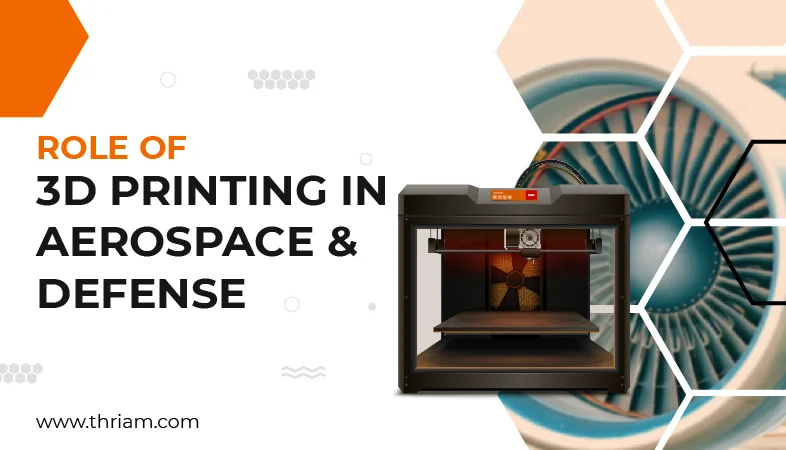
Introduction
The world of manufacturing has been revolutionized by the advent of 3D printing technology. This technology has found significant applications in industries such as aerospace and defense, where precision, efficiency, and innovation are crucial.
Define 3D printing
3D printing, also known as additive manufacturing, is a revolutionary technology that involves the creation of three-dimensional objects by layering materials on top of each other. It is a process that starts with a digital model of the desired object, which is then sent to a 3D printer. The printer interprets the digital model and builds the object layer by layer, using materials such as plastics, metals, or even biological cells. Unlike traditional manufacturing techniques that involve subtracting material from a solid block, 3D printing allows for the direct creation of complex and intricate objects, offering unparalleled design freedom and customization possibilities. It has found applications in various industries, including aerospace, defense, healthcare, automotive, and consumer goods.
In this blog post, we will delve into the fascinating world of 3D printing for aerospace and defense, exploring how this technology is being harnessed to unlock new possibilities.
3D Printing in the Aerospace Industry
3D printing has brought about numerous advantages to the aerospace industry. By utilizing additive manufacturing techniques, complex aircraft components can now be produced with ease. The benefits of 3D printing in aerospace are numerous - enhanced design flexibility, reduced weight, improved fuel efficiency, and faster production cycles. For example, General Electric has successfully 3D printed fuel nozzles for their engines, resulting in a 25% reduction in weight and a 5% increase in fuel efficiency.
Case studies further demonstrate the potential of 3D printing in the aerospace industry. NASA has employed 3D printing to create rocket engine components, reducing the number of parts required from hundreds to just a few. This has led to significant cost savings and streamlined assembly processes.
3D Printing in the Defense Industry
The defense industry has also embraced 3D printing to a great extent. From small drones to intricate weapon systems, additive manufacturing has allowed for faster prototyping, customization, and repairs. The benefits of 3D printing in defense include reduced costs, improved logistics, and increased operational efficiency.
For example, the U.S. Army has explored 3D printing for on-demand replacement parts in the field. This capability eliminates the need for lengthy supply chains and reduces the overall downtime of critical systems. The Royal Air Force has also utilized 3D printing for customizing components of their aircraft, enabling faster deployment and improved performance.
New Possibilities for Aerospace and Defense with 3D Printing
The application of 3D printing in aerospace and defense has opened up a realm of new possibilities. The technology has enabled the creation of complex and intricate designs that were previously unattainable through traditional manufacturing methods. As designs become more optimized and innovative, the boundaries of what can be achieved are pushed further.
Moreover, 3D printing offers cost and time efficiency. With traditional manufacturing methods, producing customized parts or prototypes would be expensive and time-consuming. 3D printing allows for rapid prototyping and production, reducing costs and lead times significantly.
Looking toward the future, the potential of 3D printing in these industries is vast. The technology enables rapid innovation and iteration, allowing for quicker development and deployment of new solutions. 3D printing also has the potential to revolutionize supply chains, with the ability to produce parts on-demand, reducing inventory costs and logistical challenges.
Conclusion
The applications of 3D printing in the aerospace and defense industries are groundbreaking. The benefits, such as enhanced design flexibility, reduced weight, improved efficiency, and cost savings, are too significant to ignore. As technology continues to advance and the adoption of 3D printing becomes more widespread, we can expect to see even greater advancements and innovation in these industries. The possibilities are endless, and the future of 3D printing in aerospace and defense is undoubtedly exciting.
Bonus content
Advantages of 3D printing
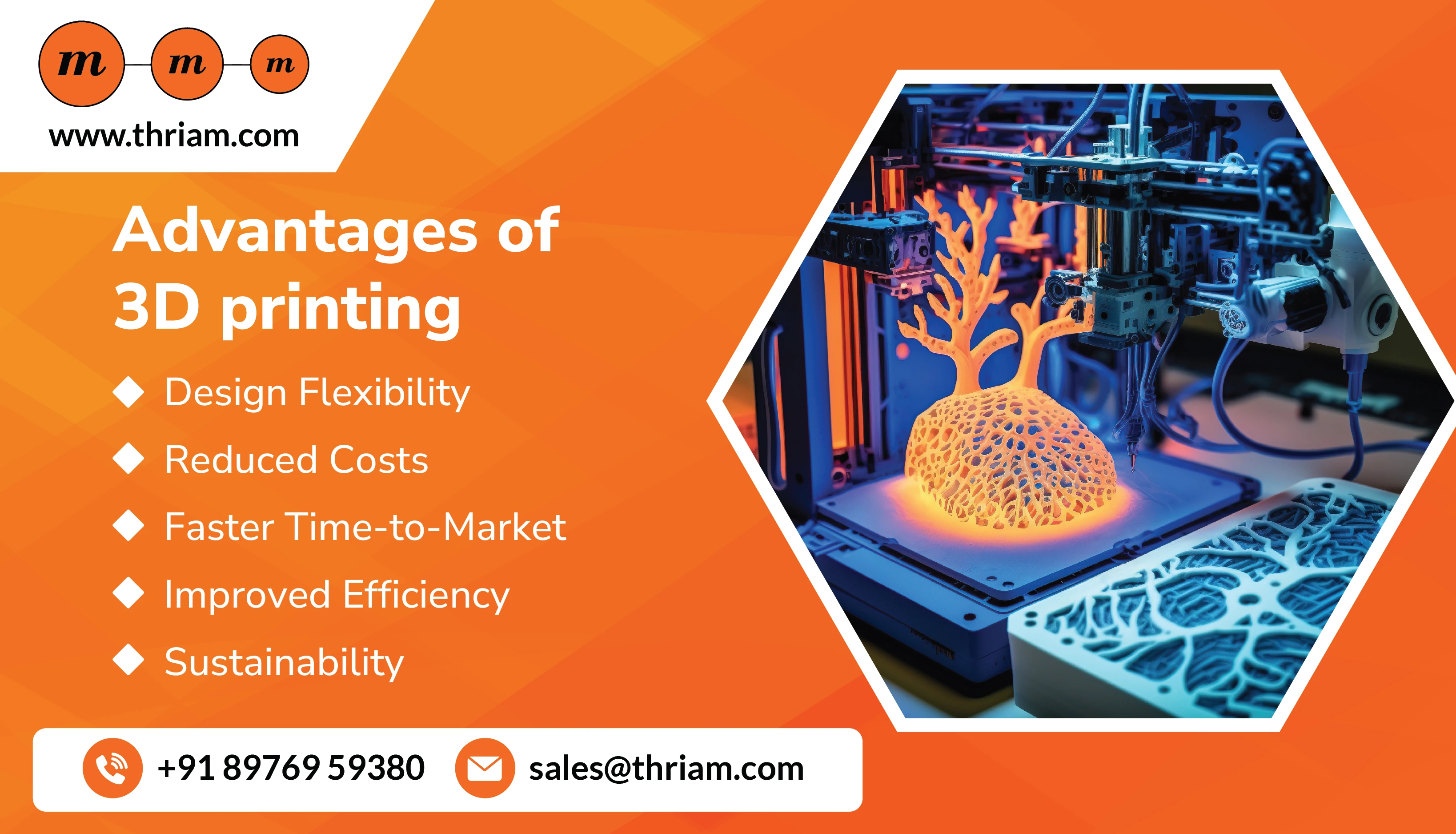
Design Flexibility:
One of the most significant advantages of 3D printing is the ability to create intricate designs that were previously impossible using conventional manufacturing methods. 3D printing allows for the creation of complex geometries and custom designs, providing greater design flexibility to create unique, innovative products.
Reduced Costs:
Another significant advantage of 3D printing is its cost-effectiveness. Traditional manufacturing methods require significant tooling and setup costs, making small production runs or customization expensive. With 3D printing, the cost of producing a single item is almost the same as producing multiple items. This allows manufacturers to make customized parts or prototypes cost-effectively, without the need for expensive tooling.
Faster Time-to-Market:
3D printing also offers faster time-to-market for new products. With traditional manufacturing methods, it can take weeks or even months to develop a new part or prototype. In contrast, 3D printing can quickly produce parts in a matter of hours, allowing for rapid iterations and faster product development cycles.
Improved Efficiency:
3D printing has also been shown to improve productivity and efficiency in various industries. For instance, in healthcare, 3D printing is being used to produce custom prosthetics and implants that are not only more accurate in fit but also reduce surgery time. In aerospace, 3D printing is being used to produce lightweight aircraft components, which reduces fuel consumption and enhances maneuverability.
Sustainability:
3D printing also has significant sustainability advantages. Traditional manufacturing processes generate significant waste during production. In contrast, 3D printing is an additive process, meaning materials are deposited only where needed, resulting in less waste. 3D printing also provides an eco-friendly alternative to shipping parts from one location to another. Instead, parts can be sent electronically, and 3D printed at the destination, reducing transportation costs and carbon emissions.
